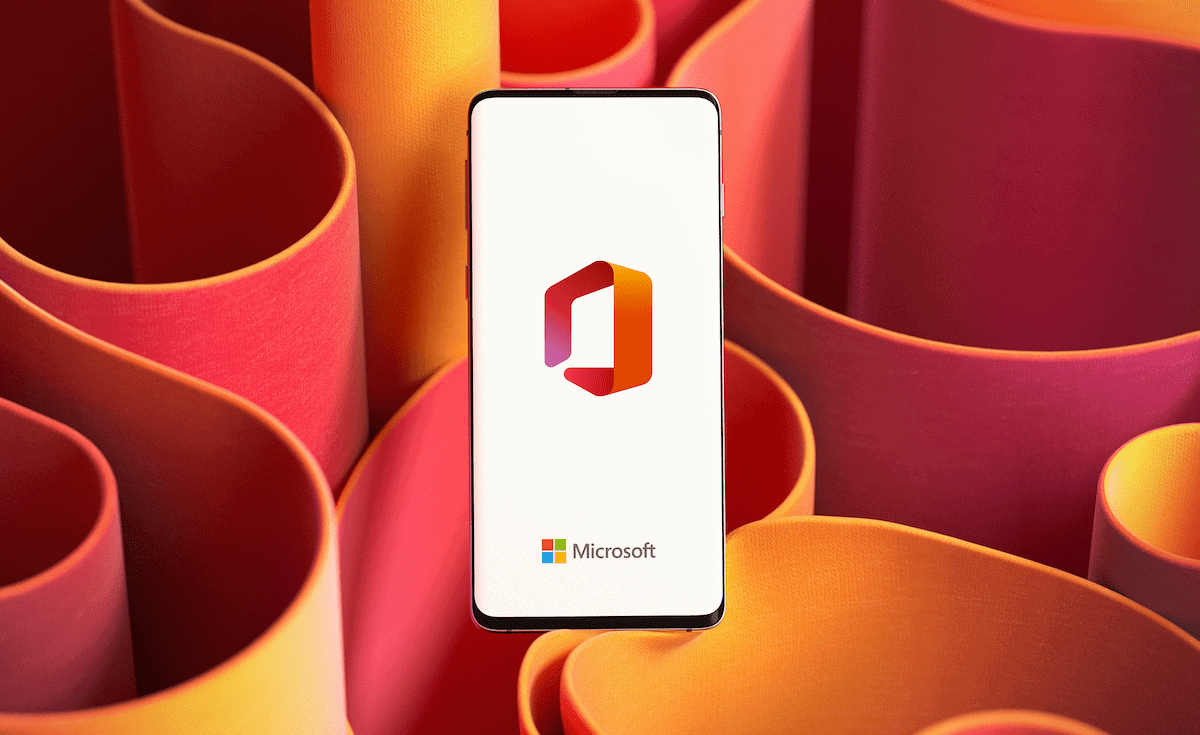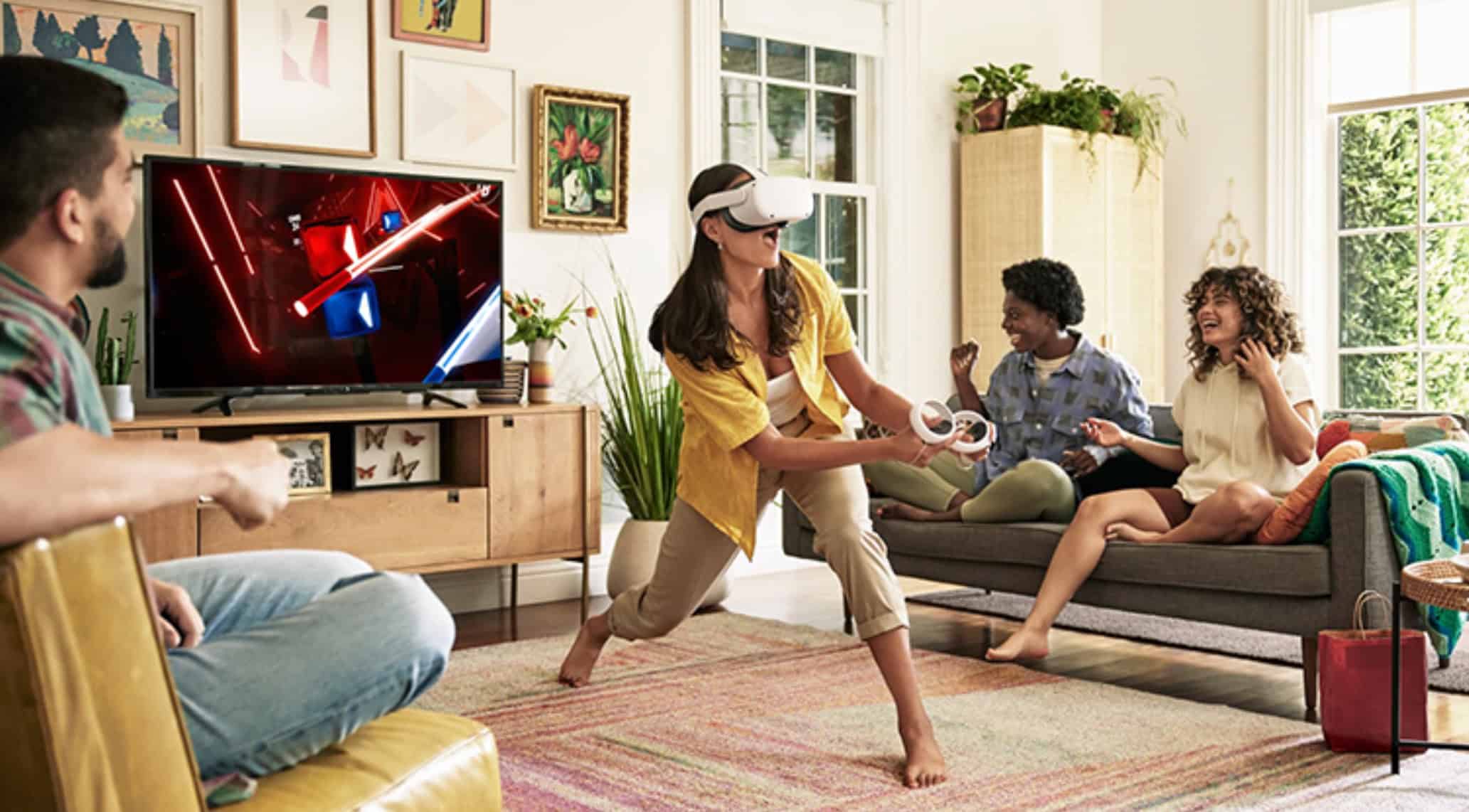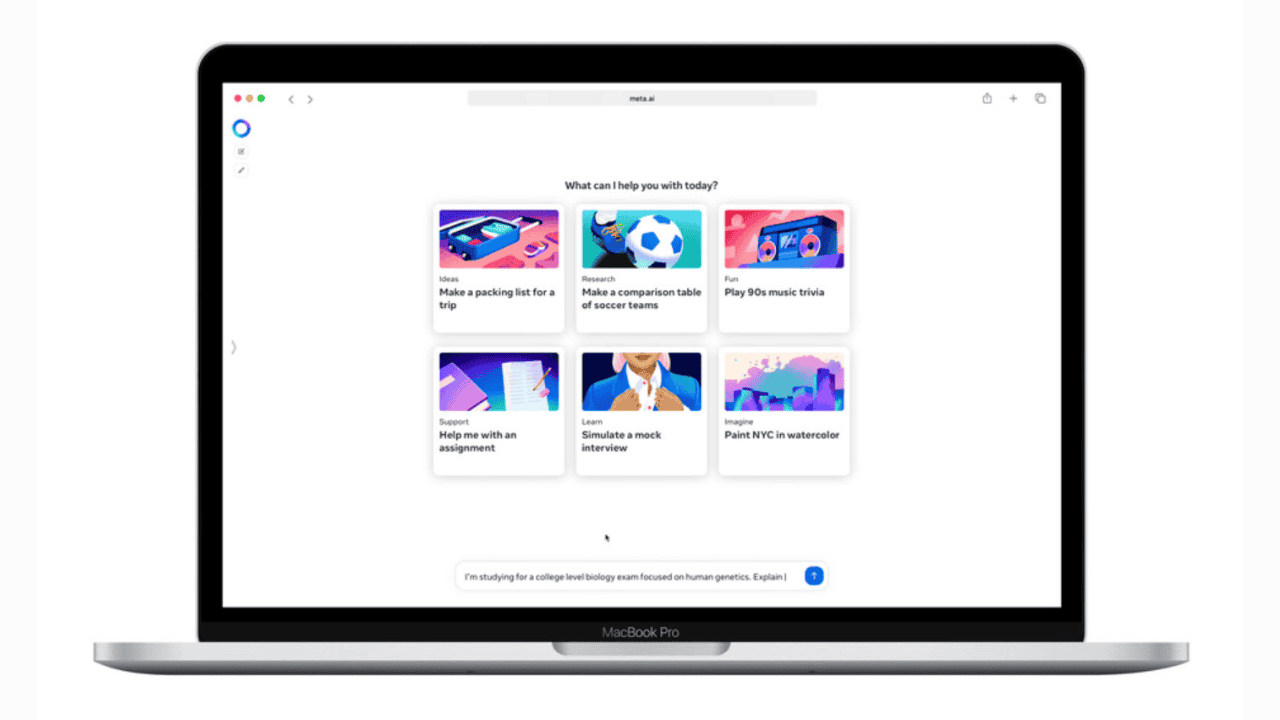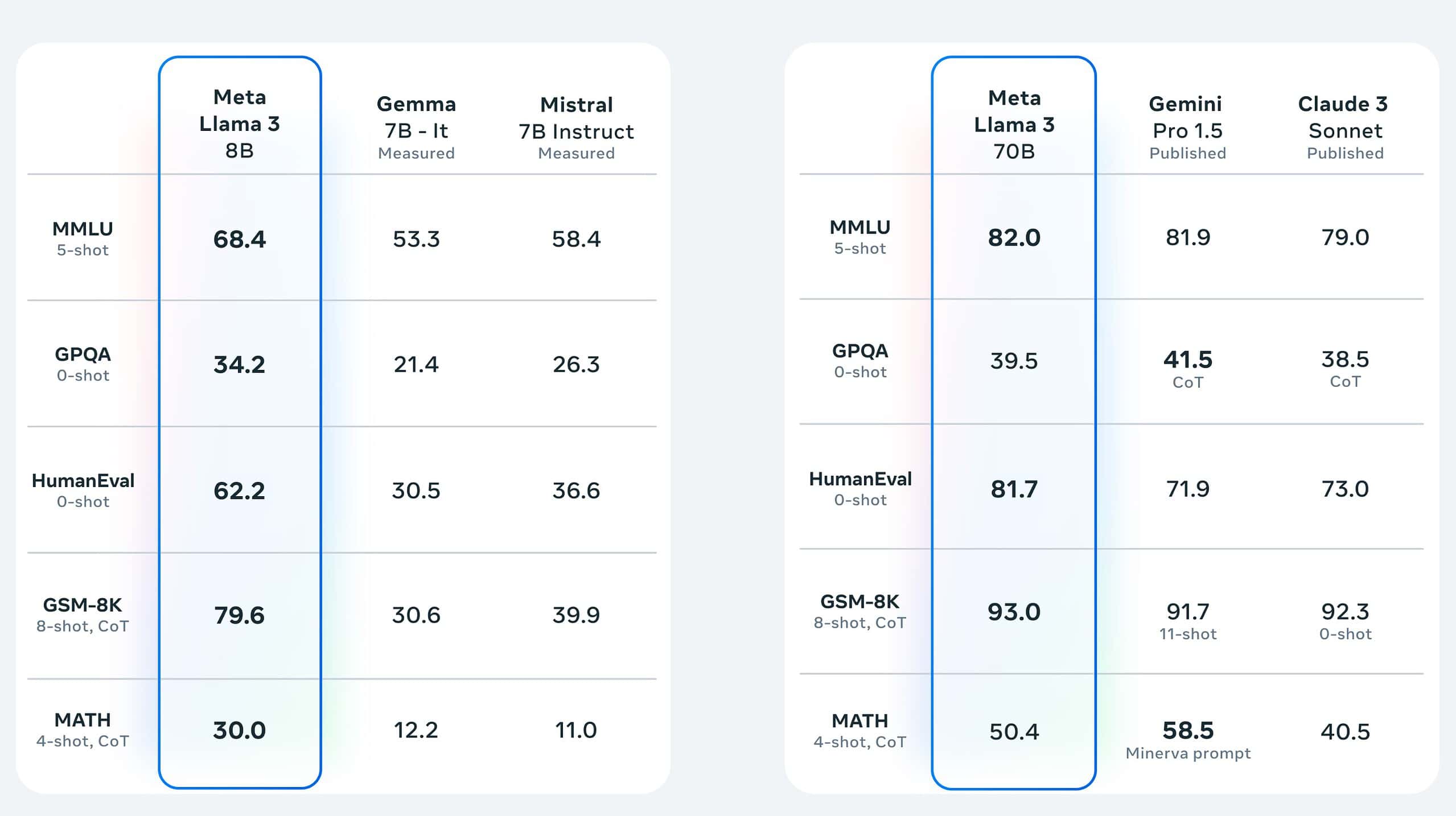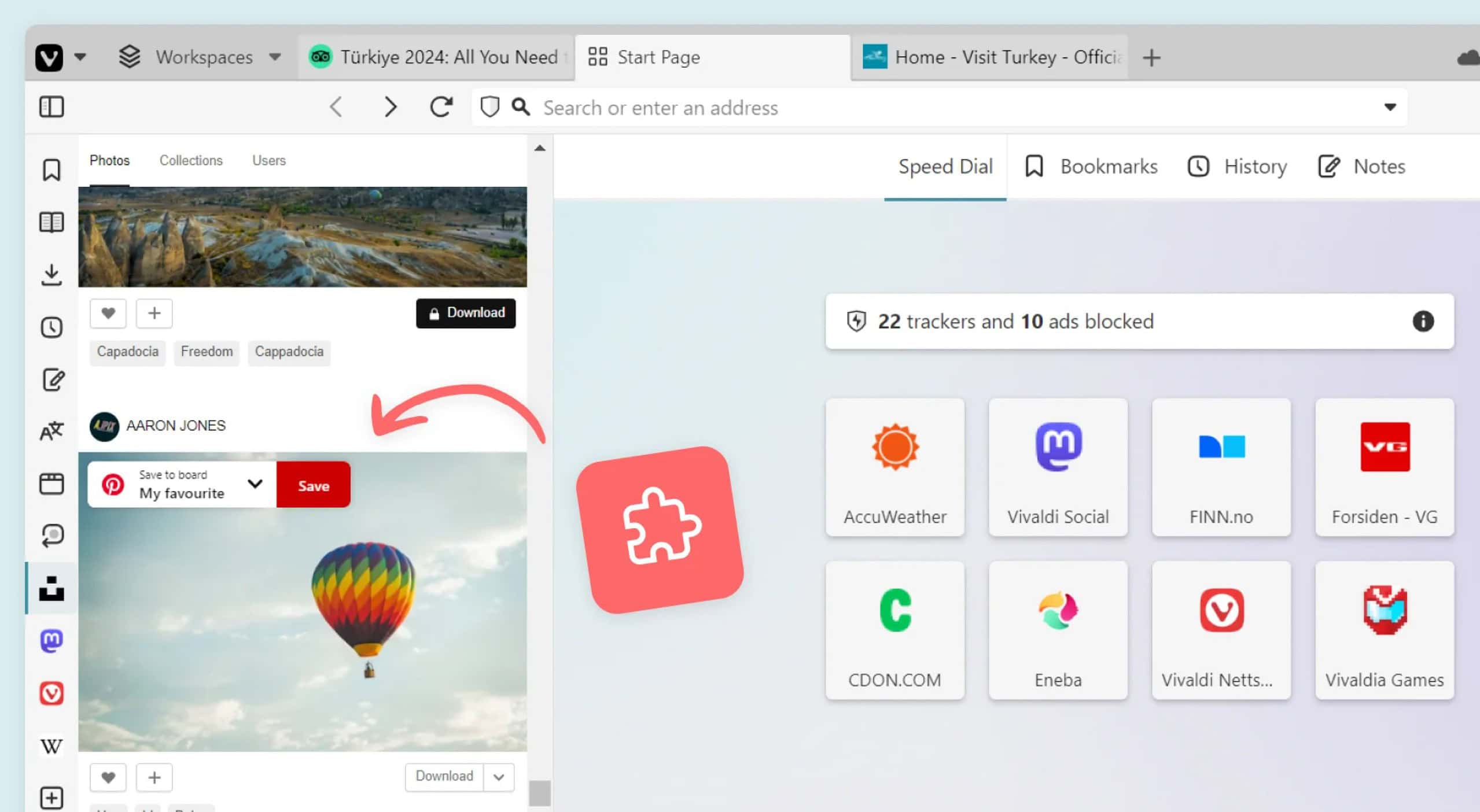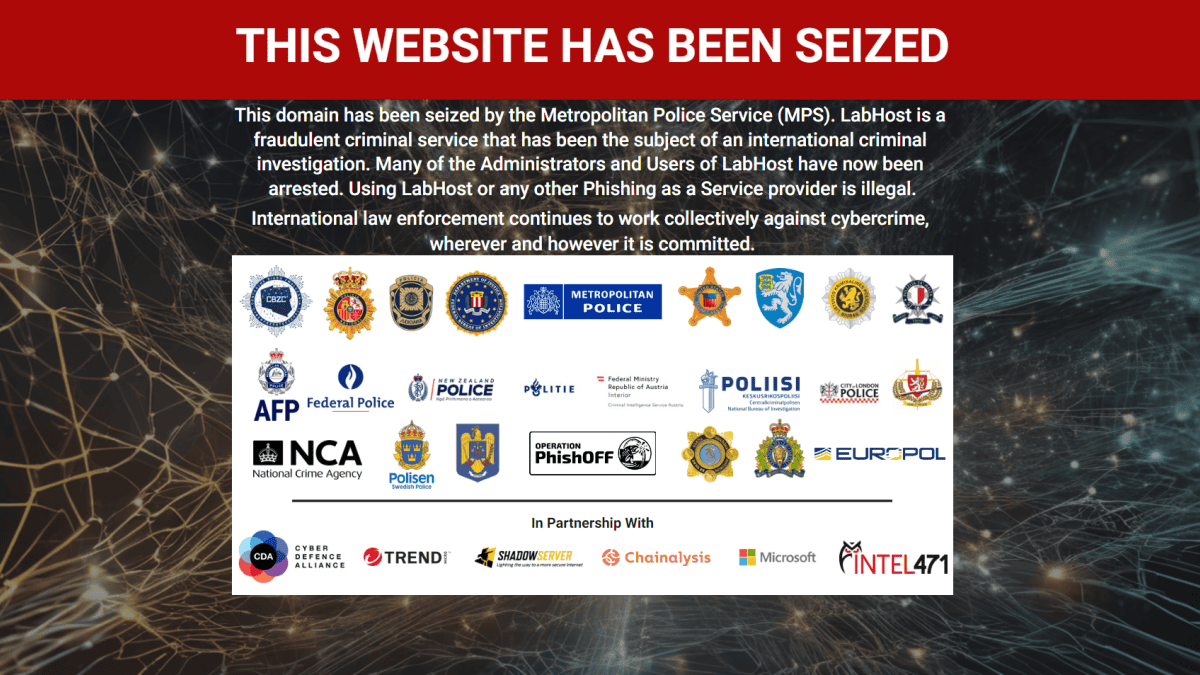Nokia Lumia 1520 review round-up
26 min. read
Published on
Read our disclosure page to find out how can you help MSPoweruser sustain the editorial team Read more
The Nokia Lumia 1520 is mere days from being officially released, and today the embargo on reviews lifted, meaning we have been flooded by multiple views on Nokia and Windows Phone’s latest greatest flagship.
Below we have excerpted the main elements of the reviews from The Verge, The BGR, The Next Web ,All About Windows Phone and Engadget, looking at elements such as Handling the 6 inch monster, the Display, Audio and Call Quality, OS Adaptation to the large screen, Camera, Performance, Battery Life and of course the ultimate Conclusion.
See the important elements of the reviews below.
Handling
| Verge | Of course, no matter what color 1520 you have, it’s not a particularly easy phone to handle. At 3.36 inches wide, 6.4 inches tall, and 0.33 inches thick, the 1520 always requires two hands to use. Its massive size makes it uncomfortable to put in either the front or back pockets of my jeans, and it can’t even fit in the American-size cupholder in my car. (In a twist of sheer irony, the 1520, the largest smartphone Nokia has ever made, is the first to use a nano-SIM card, the smallest SIM card ever introduced.) |
| BGR | The device pokes out from the top of the pocket on my loose-fitting jeans. When held in one hand, a human thumb of average length cannot reach from one side to the other. When held to the ear during a phone call, the bottom of the handset reaches far beyond the user’s mouth and looks absolutely ridiculous. |
| TNW | At this scale though, the Lumia 1520 is a little too loud. A little too boisterous. Whenever I took it out on the train or tube, other commuters would turn and snigger. It’s not a bad-looking phone, but the larger form factor gives it a comical, almost garish appearance. |
| AAWP |
In practical terms, the size and weight of the Lumia 1520 has two important factors. The first, fairly obviously, is that it’s almost always a two handed device. It should be possible for most people to hold the device with a single hand, but unless you have very big hands, you’ll need your second hand for any screen interactions. Even something as simple as tapping the call answer button will generally require two hands, less you risk dropping the device. Secondly, and critical for a mobile device, is the way you carry it round with you. It’s not so much about whether it will fit in your pocket, although that will be an issue in some cases, it’s more about whether it comfortably fits in your pocket. If it doesn’t, something that really depends on the individual, you’ll need to find some other way to keep the device with you. Putting it in a bag works fine, but that can limit ease-of-retrieval. Neither of these factors should result in an instant dismissal of the Lumia 1520. It is, absolutely, still a mobile device, it’s just a lot closer to the mobility boundary than most smartphones. Ultimately, the size of device that you want to carry is a personal preference, framed in the context of what you use your device for. |
| Engadget | Thanks to the 1520’s thin, curved sides, you can get a decent grip on the phone simply by wrapping your fingers around the device, but this has an unfortunate side effect. Whereas the Lumia 1020 has rounded edges, the 1520’s sides are sharper, making it difficult for the tips of your fingers to actually rest comfortably on them. This is especially troublesome when you’re trying to take pictures with the 1520 and you feel like you have nothing to grip when you want a more stable shot. It’s smooth on the back and sides and doesn’t involve any special material or texture. Again, this is nothing new for Nokia’s Lumia phones, but it feels a bit more slippery here because it’s less comfortable to hold. (The) Lumia-standard trio of volume, power and two-stage camera shutter buttons … are difficult to press because they’re nearly flush with the phone’s body. |
Display
| Verge |
All of that size isn’t for nothing, however, because the 1520 features one of the most beautiful displays on any smartphone. The 6-inch, 1920 x 1080 pixel IPS LCD is bright, crisp, well saturated, and just really nice to look at. Blacks are inky and deep, colors pop with authority, and the vibrant, primary-color-based Windows Phone interface seems to almost leap right off the panel. The screen’s pixel density of 367ppi is not as high as other devices, but you can’t see pixels on the 1520 no matter how hard you look, and that’s really all that matters. |
| BGR |
The display on the 1520 measures 6 inches diagonally and it is an IPS LCD panel rather than an AMOLED panel, which is what most high-end Lumia phones use. Nokia still brands it as “ClearBlack” and I find it to be just as impressive as Nokia’s other recent screens. Blacks are incredibly deep, colors are vibrant, contrast is outstanding and high brightness mode helps with outdoor visibility as it does on other Nokia phones. The 16:9 screen features full HD 1,920 x 1,080 resolution and pixel density comes out to 368 ppi. It’s a beautiful display. |
| TNW |
The screen is crisp and clear, giving live tiles, apps and media alike a degree of clarity and definition that just hasn’t been possible on the platform before. In particular, the display is incredibly bright. By default, I usually set all of my devices to the highest setting, unless I’m using them early in the morning or late at night. With the Lumia 1520, the ‘High’ option was actually too bright for my eyes. Instead, I was more than happy to use the automated brightness adjustments and just let Nokia’s own software and algorithms take control. Color representation and contrast is also outstanding. Nokia devices have always performed well in this regard, but on a 6-inch display the Finnish smartphone maker’s prowess is even more noticeable. The display is clocked at 367 ppi, but this is an incredible device for reading emails, browsing the web, editing photos – just about anything on Windows Phone 8, really. |
| AAWP |
Nokia is continually improving all of these screen technologies, with new innovations and refinements delivered as they become available. With the Lumia 1520, Nokia is introducing the next generation of its sunlight readability enhancement technology, which as explained in a recent feature is enabled by Apical’s Assertive Display technology. Rather than tuning the screen as a whole, as in the previous implementation, the display is tuned on a pixel by pixel basis. This makes a big difference, especially when viewing content with contrasting areas of dark and light colours, because the tuning is no longer based on an average for the screen as a whole, but for each individual pixel. The Lumia 1520 has one of the best screens you’ll find on any current smartphone. It’s not about any one specification, or a particular technology, but rather a complete package that should ensure maximum screen visibility and usability in all the many environments in which smartphones are used around the world. |
| Engadget | To cut straight to the point, we love the 1520’s display. It offers vibrant colors for an LCD and has brighter whites than the AMOLED panel on the Samsung Galaxy Note 3, although its darker shades aren’t quite as deep. The viewing angles are better than on almost every other phone. In fact, even if we weren’t impressed by anything else on the display, we’d still rave about how easy it is to ready in direct sunlight. |
Audio and Calls
| Verge | Making phone calls with the massive Lumia 1520 is possible, if not quite comfortable. Call quality is good and I was able to hear callers just fine on AT&T’s network, but holding such a massive phone up to the side of my head never felt right. As with the solid call-quality, LTE performance on AT&T’s network in New York was reliable and fast with the 1520. |
| BGR | The earpiece sounds tinny. |
| TNW |
The Lumia 1520 has one, fairly small rear-facing speaker. It’s surprisingly loud: While streaming some tracks on Nokia Music, I rarely needed to go above 20 (out of 30) in order to fill the room. The speaker distorts frequently at the higher levels though. Taking a call with the loudspeaker is fine, but for streaming and media playback the Lumia 1520 falls short. Audio is shallow and tinny, creating an echo effect reminiscent of a church or other high-roofed building. For watching movies or listening to music on the move, a decent set of headphones are essential. |
OS Adaptation
| Verge |
Everything with the 1520 is big, and it doesn’t feel like the giant display is really being used to its fullest. Fonts have grown to enormous proportions, there’s empty space all over the place, and the interface elements and icons feel as if they were designed for someone with very poor eyesight. The Windows Phone virtual keyboard is a joy to type on (with two hands, of course), but it still takes up half of the display, which is seriously excessive on such a large screen. Aside from the extra column of tiles, there isn’t much else in the way of optimization. I counted one more preview line for emails in my inbox, and one more visible email; two more contacts in the People hub; 1.5 more hours of appointments in the calendar app; and about four more apps in the app list before I had to scroll to see more. In the browser and third-party apps, the experience is virtually identical. Other big phone makers, namely Samsung, have implemented stylus support and special features that can take advantage of such a large screen. But Nokia isn’t going that route at all — reps said adding a stylus to the 1520 would mar the phone’s sleek design — and there isn’t really anything you can do on a 1520 that can’t be done on a Lumia 1020 or any other, smaller Windows Phone. |
| BGR |
The Lumia 1520 is the first Windows Phone to fall into the supersized smartphone category, and while it is late to the game, it actually does a better job than most Android phablets at scaling the interface up to a larger display size. By that I mean that many Android phablets simply take the same amount of content that would be displayed on a normal sized smartphone and enlarge it to fit a massive display. Nokia’s 1520, on the other hand, keeps interface elements roughly the same size as they would be on a smaller Windows Phone, so it packs more into each frame. This is a far better approach to making a phablet in my opinion. The device makes use of its larger display at all times by fitting more content onto every screen. This benefit doesn’t exist with many third-party apps, of course, since they would have to be tweaked by the developers in order to make use of the extra canvas. |
| AAWP | The most obvious example of this is the Start screen, which on the Lumia 1520 has three columns of standard size Live Tiles across the screen, rather than the two found on other Windows Phone devices. Another obvious example is found in the email app, where an additional preview line of body content is shown in the inbox and folder listing screens. Other built-in apps taking advantage of the extra display space include Store (additional app icons in lists), Messaging (scaled text size), and the People Hub (scaled text size). Currently, we’re not aware of any third party apps that are optimised for the Lumia 1520’s display size, but it’s certainly theoretically possible to do so (by default, third party apps use the same scaling as on devices with a 720p resolution screen). |
| Engadget | One positive side effect of using a Windows Phone with such a large screen is a much more pleasant typing experience. It’s true that we’ve been spoiled over the last couple of years by fancy third-party Android keyboards capable of swipe gestures and word predictions, but we’ve always enjoyed the Windows Phone keyboard thanks to its ease of use, larger keys and smart autocorrection. On a 6-inch display, that same keyboard is even easier to type on — provided you’re willing to use both of your hands. Additionally, we noticed that one-handed use is a little easier on a large Windows Phone than an Android device of the same size, and it’s primarily because Live Tiles can be so much larger than your typical Android app icon. In many ways, Microsoft’s original mantra of "Glance and Go" is even easier on a 6-inch display, thanks to an extra column of medium-sized Live Tiles on the right side. On smaller screens, we sometimes worry that the largest Live Tiles will take up too much of the available real estate, but that’s not the case on a panel this big. There’s plenty of room to customize the screen as you see fit, but we can think of at least one downside: A few screens, such as the app switcher or application list, don’t take advantage of the extra space afforded to them on larger displays. In those specific cases, then, a smaller display actually feels more ideal. |
Camera
| Verge |
In side-by-side low-light tests, the 1520 lost to the iPhone 5S repeatedly, and couldn’t hold a candle to the 1020. Despite its concessions in image quality, the 1520 unfortunately has many of the flaws of the 1020 camera, namely slow autofocus and slow shot time. Launching the camera from sleep can take one to two seconds, enough time to miss the moment, and then focusing can take another beat or two. That isn’t to say all pictures from the 1520 are terrible or that it is a bad camera at all. It’s just not nearly as impressive as the 1020 or even an iPhone 5S. Outdoors and in good lighting, and sometimes even in difficult lighting, the 1520 is capable of taking an acceptable picture. |
| BGR | The Lumia 1520?s 20-megapixel PureView camera captures high-quality images, as we have come to expect from all of Nokia’s smartphones. It doesn’t quite match the Lumia 1020, but nothing on the market does right now. Images are crisp and clean, and low-light photos are impressive when compared to other high-end camera phones. Nokia’s 1520 also features new camera software. |
| TNW |
Regardless of which app you use though, the Lumia 1520 takes pretty remarkable photos. It’s still a half-pace behind the Lumia 1020, but even so the final images outstrip anything I’ve seen to date from an Android handset. Comparing it to the iPhone is a much closer contest – the iPhone probably takes it by a small margin – but make no mistake, this is a competent shooter. The camera could be a little faster too. Altering any in-app settings is ridiculously quick, but it takes a few moments to boot up when you hit the app icon or shutter button. I never missed an interesting shot this way, but it’s a noticeable delay. Most of the photos that I shot were bright, detailed and accurate. England can be a terrible place for photographers (for at least nine months of the year it’s a pretty grey, miserable place) but the Lumia 1520 coped surprisingly well. Brightness and contrast were both solid, and it handles macro shots and shallow depth of field pretty effortlessly. Focusing was a small issue. At full crop most images looked fine, but as soon as I looked a little closer it was clear that many of my images just weren’t as sharp as I had hoped. For sharing on Twitter, Facebook and the like that’s fine, but pro and hobbyist photographers should take heed. |
| AAWP | We’ll be looking at the Lumia 1520’s camera performance, including video capture, in more detail in a later review, but the initial results,as you can see from the limited range of sample below, are encouraging. Performance superior to that of the Nokia Lumia 925, which is exactly what you would expect from what is effectively the next generation of the Nokia’s standard high-end camera module. The Lumia 1520 is also significantly better here than the phablet devices it will be directly competing against, which means, if you’re looking for both a big screen and a great camera performance, the Lumia 1520 is going to be your first choice. |
| Engadget |
The 1520’s lens uses an aperture of f/2.4, compared to the 1020’s f/2.2; it has a sensor size of 1/2.5 inch, which is significantly smaller than the 1020’s 1/1.5; it features optical image stabilization (OIS) and offers a focal length of 26mm, which is the same on both. It does, however, feature a higher max ISO than the 1020 (4000 versus 3200), which we assume is an attempt to compensate for the difference in aperture and sensor size. The colors are mostly accurate, although we noticed that the white balance was sometimes off in dimmer shooting conditions. Depending on the angle, some pics taken in direct sunlight would look slightly washed out, but these kinds of things are easy enough to address by tinkering with the settings. Lowlight performance is another area of intense focus for Nokia. Few other companies can match the latest PureView devices, with the 1520 being just the latest triumph. I was elated when I was able to take a Night Mode picture of my kids in a nearly pitch-black room and still easily pick them out. As expected, there’s still a little bit of blur if you keep the shutter speed too low, and there’s also more than enough noise to go around when you try to show off your latest triumph. With video performance, you have a choice of either 1080p or 720p, and you can record those videos at 24, 25 or 30fps (the default setting is 1080p at 30fps). Moving objects look incredibly smooth in our test footage, which was recorded at a 19Mbps Bit rate. |
Camera Samples
 |
 |
| The Verge | AAWP |
 |
 |
| TNW | Engadget |
Performance
| Verge | At this point, the phone operates so quickly that it feels like Windows Phone’s superfluous and sometimes excessive animations are what slow you down, not the processor. |
| BGR |
Using these and other apps on the Lumia 1520 is very smooth, as is navigating the interface, scrolling through content and switching apps with the multitasking UI. Windows Phones are all quite fluid when powered by dual-core processors, so needless to say the quad-core 2.2GHz Snapdragon 800 chipset packs more than enough punch for the Lumia 1520. I really didn’t notice much of a difference in performance between the 1520 and dual-core devices like the Lumia 1020 since they’re already so smooth. Some apps did tend to get a bit choppy, but I found that these were typically Nokia beta apps such as Storyteller, and the hiccups can likely be attributed to the software rather than device performance. |
| TNW |
With the apps that you can download on Windows Phone 8, the Lumia 1520 really flies. Qualcomm’s quad-core Snapdragon 800 processor offers incredible performance across all aspects of the device. Windows Phone 8 smartphones have never needed the most powerful chipsets to deliver a world-class experience, but the Lumia 1520 is clearly benefiting from the extra muscle. It’s smooth and responsive, juggling multiple apps and intensive tasks with ease. Scrolling and swiping through the Windows Phone 8 UI has never felt better either; outside of the photography department, consider this the new standard-bearer for Microsoft’s mobile operating system. |
| AAWP |
The extent of the hardware upgrade can be seen in the benchmark results below, with the Lumia 1520 more than doubling the previous highest WPBench score. The SunSpider benchmark, which measures the performance of a browser’s JavaScript engine and the underlying hardware, can be used to provide some basis for cross platform hardware comparison, but it’s important to note that any benchmark should be treated with caution as they do not always reflect real world usage. The Lumia 1520’s result in the SunSpider benchmark gets close to matching the Apple iPhone 5S and beats all the currently available Android devices. It’s notable that a Snapdragon 800 running Windows Phone appears to offer superior performance to a Snapdragon 800 running on Android (e.g. Samsung Galaxy Note 3 and LG G2). In terms of real world usage, the new hardware doesn’t have a big as immediate impact on Windows Phone as you might think. There’s no discernible difference in opening or resuming the built in apps (e.g. Messaging) and general UI interactions don’t feel any faster. On the other hand, the Lumia 1520 does boot up from a cold start about 5 seconds faster the Lumia 925. Similarly, third party apps do open a little quicker, when compared to the Lumia 925, but the difference is usually less than half a second. You will notice this difference in a side by side comparison, but for most apps it’s going to be hard to real feel a difference day to day. |
| Engadget | As much as we’d like to use the usual buzzwords like "buttery smooth," our first experience with Snapdragon 800 on a Windows Phone didn’t prove to be that much better than what we’ve seen on an S4 Plus device like the Lumia 1020. In side-by-side comparisons with the 1020, the 1520 loaded programs only slightly faster (the one exception being the camera). Meanwhile, transitions, animations and everyday tasks all felt the same as ever. Two groups of people will likely have more to benefit from the Snapdragon 800 on Windows Phone than anyone else: there are those who want support for more functionality on the side, as we briefly discussed earlier, and improved gaming performance. We only run a handful of benchmarks on Windows Phone, but you can certainly tell that Snapdragon 800 is killing it behind the scenes, even if we can’t see it up front: The 1520 blows away any other Windows Phone that’s ever seen the light of day. Nothing even comes close. What this tells us is that while you might not notice a huge difference on the day-to-day stuff, the most exciting benefits of Snapdragon 800 are still ahead of us. |
Battery Life
| Verge | The 3,400mAh cell is one of the largest on the market for any platform. I was able to get through a full day of moderate use with the battery, but it didn’t last as long as I expected given its very large capacity. Standby time is great, but as usual, the display is the main culprit when it comes to battery use: using the 1520 to play games, watch video, or read for an extended amount of time will put a dent in the battery life quickly. Charging the 1520 using the included charger takes a considerable amount of time, as well. |
| BGR | Battery life seems to be quite impressive on the 1520, though Nokia only supplied reviewers with devices this past Friday so I have not had time to test it thoroughly. During my testing however, the 3,400 mAh has lasted beyond 24 hours per charge and I expect it will pack more than enough juice to carry most people through a full day. |
| TNW | With a 3,400 mAh battery, you would expect the Lumia 1520 to last the better part of the day. The number of hours I managed to squeeze on each charge did vary depending on my usage, but it was always acceptable and within my expectations for a device with this sort of display and specs. As always, it’s worth stowing your charger in case of emergencies. Most of the time though, I didn’t need to touch it to see out the day. |
| AAWP | The Nokia Lumia 1520 has an integrated battery with a capacity of 3400mAh, the biggest ever in a Nokia smartphone. While we’ve yet to do an extensive battery test, the initial signs are promising, with the Lumia 1520 getting through several days of testing with charge to spare at the end of each day. Built-in support for Qi compatible wireless charging is a very welcome addition, but more convenient that having to purchase a separate clip on case. |
| Engadget | Runtime on the 1520’s battery is about what we expected; this battery is one of the largest in a phone of its size, so our preconceived notions of its performance were admittedly pretty high. On our first full day of regular use, which included taking quite a few pictures, downloading a few apps, checking email and social media and a few other standard smartphone activities, the phone yielded around 12 hours of juice. On the second full day of regular use, however, its life appeared to bounce back after conducting countless photo sessions and other activities. By the end of that 13-hour day, we still had roughly 30 percent left. Because of the inconsistencies, we’re conducting some additional tests. We’ll continue to update this review as those results come in. |
Conclusion
| Verge |
When Nokia and Microsoft decided to go big with the Lumia 1520, they indeed did in some respects. The new display is tremendous and the faster processor makes the 1520 the speediest Windows Phone around. But the compromises you have to make for such a large screen aren’t rewarded with a significantly different or better experience than any other Windows Phone. The cumbersome size isn’t comfortable to use on the go or to keep in your pocket, and though the 1520 is nearly as big as a small tablet, it doesn’t offer any of the advantages that tablet software can bring to the table. Windows Phone needs more work to get the most out of such a big screen, and it desperately needs a proper media store to provide content for it. If you’re looking for a 1080p display on a Windows Phone, right now the 1520 is the only one you can get. But you can be sure that more Windows Phones with full HD displays are coming in the near future, and you likely won’t have to accept a massive 6-inch screen for them. Same goes for the faster processor: Microsoft’s updates to Windows Phone mean that quad-core chips are supported by it natively, so there will certainly be more phones coming with similarly powerful chips. Of course, if you are in the market for an oversized smartphone, there are a number of Android devices that provide better big screen experiences than the Lumia 1520. The Samsung Galaxy Note 3 packs a great-looking 5.7-inch display, and includes software and a stylus to take advantage of it. That’s not to mention the much larger Google Play Store for apps, games, and video content. Samsung and others have proven that there is a market for giant smartphones, warts and all. But that doesn’t mean that just any smartphone is better if it’s bigger, and the 1520 is a prime example of that. It’s bigger and faster than any other Windows Phone yet, but it’s not necessarily a better Windows Phone because of that. If all you’ve ever wanted in life is a Lumia 925 with a magnifying glass on top of it, the 1520 is exactly that. It’s a tour de force in resolution and speed, but it’s not a great smartphone or even a great replacement for a tablet. Nokia could capture the minds and wallets of big smartphone shoppers with its excellent hardware design and impressive camera technology. But it needs to do more to give people a reason to choose its devices over the Note 3 and other big smartphones, and the 1520 doesn’t quite do that. |
| BGR |
Does the 1520 just offer the same old Windows Phone experience in a bigger package or is this the screen size only part of the story? The answer is complicated, but I was pleasantly surprised. Where the software is concerned, yes, the Lumia 1520 is for the most part the same as countless other Windows Phones. But the big, beautiful 6-inch 1080p display makes the experience feel new. Nokia sought to make the camera its big differentiator on the Lumia 1020 and it succeeded. The phone offered everything a user might want from a Windows Phone, but it also included an amazing 41-megapixel camera that does a better job than any other phone on the planet at replacing a dedicated point-and-shoot camera. The same is the case with the Lumia 1520, but this time it’s the size that serves as the differentiator. Windows Phone fans now have a phablet to call their own. One that offers a gorgeous display, smooth performance and impressive battery life. It’s also very well-balanced for such a hefty device — the Lumia 1520 weighs almost twice as much as an iPhone 5s — and it features Nokia’s standard sleek smartphone design and smooth polycarbonate case. |
| TNW |
The Lumia 1520 is the best all-round Windows Phone 8 smartphone on the market. It’s blisteringly fast, the display is fantastic and the camera – while not up to the standards of the Lumia 1020 – still destroys almost everything aside from the iPhone. The form factor is a sticking point though. The 6-inch display is huge and for most consumers, I think it’s a step too far for what should be a mobile, pocketable device. As time went on, I began comparing the Lumia 1520 to 7-inch tablets such as the Nexus 7. The features offered on each device are wildly different, but I started thinking of them the same way as I organized my backpack or satchel each day. Do I want to pack the Lumia 1520, or a regular sized-smartphone and tablet today? Nokia does a tremendous job of propping up the platform, but the truth remains that this is a third-place OS desperate for new apps. The ecosystem is improving, but so are the apps on iOS and Android. It’s a well-worn argument, but until Windows Phone 8 can catch up, it’s difficult to recommend the Lumia 1520 over its Android rivals. |
| Engadget |
So how does Nokia look when its flagship smartphone has all of the latest and greatest hardware? Pretty darn good. The Lumia 1520 has a beautiful 1080p display, fast Snapdragon 800 processor and some of Espoo’s best imaging software to go along with a 20-megapixel camera. As soon as the 1520 was announced, we had a feeling this would be the best Windows Phone we’ve ever had the privilege of using — and our time with the device has confirmed that. Of course, there are going to be some people who don’t want this big a screen. Fortunately for them, we strongly suspect Nokia will soon put a 1080p display on a more moderately sized screen. This brings us to perhaps an even more important point, which is the impact Nokia has had and will continue to have on Windows Phone itself: The ecosystem is growing like a weed, and now manufacturers can finally build devices with the best components. These two factors alone are helping Microsoft stay relevant in an increasingly tough market. Now we just have to wait and see how successful Windows Phone can be with the right tools. |
See the Verge’s full review here, the BGR here, The Next Web here ,AAWP here and Engadget here.


